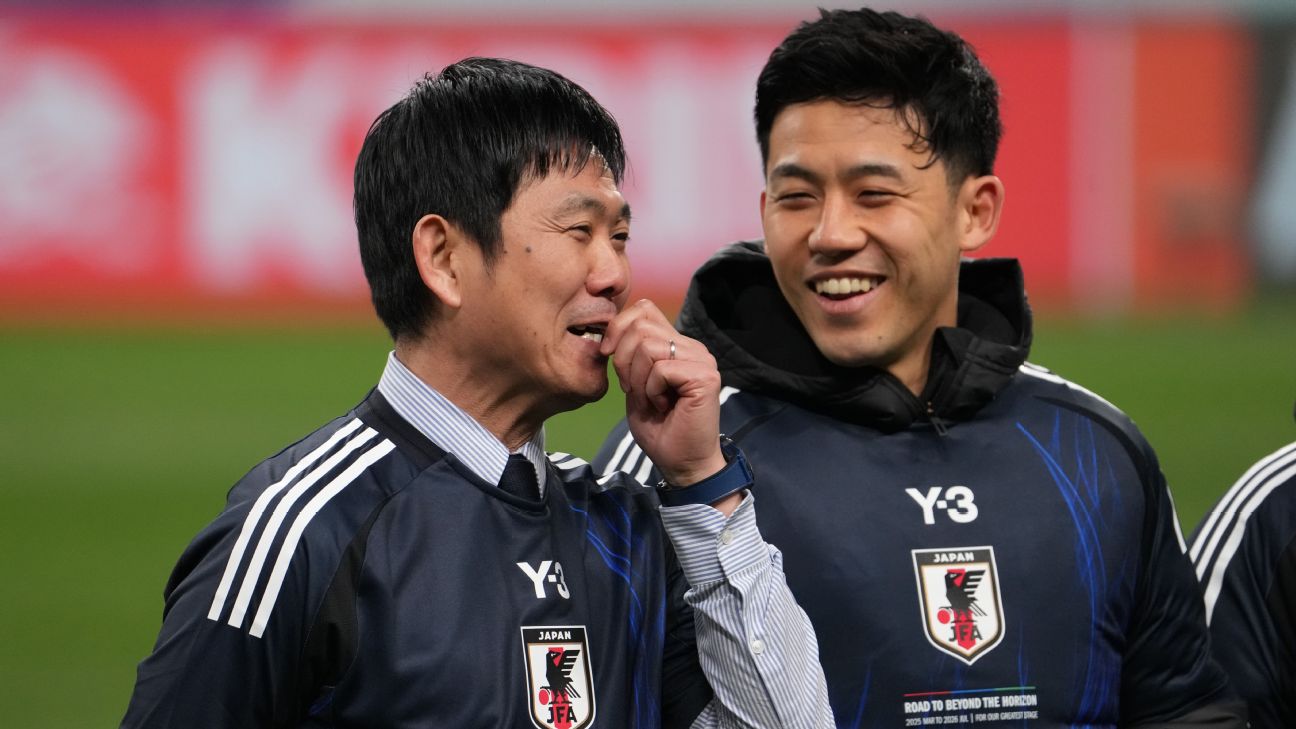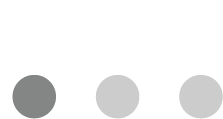PERTH, Australia — With his eyes on steering Japan to a FIFA World Cup title, Hajime Moriyasu wants to see his nation’s players featuring at the highest level in the year leading up to next year’s tournament, be it in the top five European leagues or the UEFA Champions League.
The J1 League, however, also represents a rapidly rising league in the coach’s eyes.
Defeating Bahrain to punch their tickets to North America 2026 with three games to spare, the Samurai Blue became the first nation outside of the hosts to secure qualification back in March — and Moriyasu has taken advantage of his side’s strong qualification campaign to rotate his side heavily for their final Asian qualifiers against Australia and Indonesia.
At the end of a long European season, the likes of Kaoru Mitoma, Takumi Minamino and Daizen Maeda have not made the trip to Western Australia, with it left to veterans such as Takefusa Kubo, Wataru Endō and Yūto Nagatomo — the latter, in line to make his first appearance since the 2022 World Cup — to bring a veteran presence to the squad.
On the other end of the spectrum, more players in the squad named by Moriyasu are in line to make their international debut, eight, than those who possess double-digit caps, seven — 18-year-old Fagiano Okayama midfielder Ryūnosuke Satō the youngest.
“Our main goal is to win the World Cup next year,” Moriyasu said via a JFA interpreter.
“If we think about the goal, and the ultimate goal is to win the World Cup, we need to take each match, each time we prepare for the matches, seriously, step by step. We need to build the strongest team possible towards the World Cup.
“We have changed some players [for this window]. We have brought in new players for this time. I want to expand and strengthen the squad. So when I choose the [World Cup] squad, I can pick from the strongest possible squad that is available.”
This inexperience, however, won’t lead to a change in approach by the veteran coach, who is preparing to lead Japan into a second World Cup.
“Australia have a very good team under [Tony] Popovic,” he said. “The way we are going to play, I won’t be changing anything in terms of mindset. We play each game one by one. We take each game seriously.
“We need to prove that Japan still has a lot more talent coming through. I would like to show the world that we still have lots of players who are coming through. I would like my players to shine on the very best stage tomorrow.”
Moriyasu’s ability to grow his depth in person, however, will only come, in the limited time he gets with players during international windows.
And with so many players desperate to find a way to break into his plans for 2026, he acknowledged that the best way to do so would be to seek out the highest level possible in clubland.
This was tempered, however, with the important clarification that Japan’s J1 League — widely regarded as the most-competitive top-to-bottom league in Asia — provided a strong, and still improving, level of competition.
“I ask my players to play at a higher level, no matter where that is,” Moriyasu explained. “I tell my players that the standard is to play maybe in the top five European leagues or play in the Champions League.
“That is one way to shine on the national team level, and it may raise their chances [of selection] in the national team as well.
“But, on the other hand, I think the level of the J1 League has risen drastically over the years now. Maybe because players like Endo … I think he raised the level of the game in Japan.
“Players like him have contributed to raising the level of Japanese football in total. And it’s not only the players. The youth coaches and [coaches at a] grassroots level have risen as well. They deserve respect for raising the status of the Japanese football we have now.”




